Top 10 Applications of 3M DI-NOC Architectural Films in Commercial Interiors
- Tack Innovations
- Aug 29
- 3 min read
3M DI-NOC Architectural Films are widely used in commercial interiors for surface upgrades across furniture, doors, partitions, and panelling. Their key advantage lies in transforming existing substrates quickly, cleanly, and without structural alteration.
Designers, contractors, and manufacturers use DI-NOC both in planned specifications and in fast-moving execution environments where timelines, site conditions, or coordination challenges demand adaptable solutions. The material combines speed with durability, offering a high-quality finish on wood, metal, glass, and laminate surfaces.
Here are ten practical, tested ways DI-NOC is applied across commercial interior projects, from offices and hotels to retail chains and healthcare facilities.
1. Refurbishing Hotel Furniture Between Renovations
Wardrobes, headboards, and counters in hotel rooms often need a finish upgrade before the structure itself is due for replacement. DI-NOC is applied directly to existing panels to achieve a clean, updated look without removing the furniture.
Where it's used: Guest rooms, suites, and common area panelling.
2. Upgrading Elevator After Installation
Lifts are prone to scratches during site work. DI-NOC metal and matte finishes can be applied directly to steel or aluminium surfaces, improving appearance without removing hardware or halting lift operations.
Used in: Office lobbies, hospitals, hospitality projects.
3. Correcting Laminate Mismatches
Sometimes, laminates from different batches or vendors create a visible mismatch post-installation. Applying a uniform DI-NOC finish across all affected surfaces restores visual consistency.
Common in: Reception desks, boardrooms, corridor panels.
4. Reusing Retail Fixtures for New Seasons
Retail clients often update branding or palette seasonally. DI-NOC allows reuse of display counters and storage units by resurfacing them, saving cost and time compared to new fabrication.
Use case: Gondolas, cashier desks, back wall cladding.
5. Wrapping Curved Columns and Panels
Some DI-NOC variants can conform to curves when installed with a heat gun. This allows application on cylindrical columns, rounded MDF edges, or transition panels where veneer or laminate would crack.
Seen in: Hotel lobbies, corridors, showroom displays.
6. Turning Wall Panels into Writable Surfaces
The whiteboard finish variant of DI-NOC transforms walls, panels, or glass into functional surfaces for writing or projection. This eliminates the need for mounted whiteboards or additional structures.
Installed in: Training rooms, classrooms, co-working spaces.
7. Improving Toilet Partitions in Operational Buildings
Instead of replacing worn-out toilet cubicle panels, teams apply DI-NOC to refresh the surface. The film is moisture resistant and compatible with standard cleaning materials.
Suitable for: Airports, malls, offices, institutional buildings.
8. Standardising Door and Partition Finishes Across Vendors
In large-scale projects, multiple subcontractors supply furniture and partitions. DI-NOC allows teams to apply a consistent finish to all visible surfaces, even when base materials vary.
Commonly used for: Internal doors, corridor partitions, washroom panels.
9. Extending the Life of Reused Workstations
Reused workstations often show visible wear on table tops or drawer fronts. Instead of replacing them, DI-NOC is used to resurface the exposed areas while retaining the existing structure.
Frequent in: Phased fit-outs, corporate expansions, budget retrofits.
10. Matching Imported Specifications Without Importing Panels
When a global design specifies finishes that are unavailable locally, designers often use DI-NOC to match the intended visual result. The finish is applied to local panels, keeping cost and lead time in check.
Used in: MNC office interiors, retail chains, hospitality fit-outs.
Conclusion
3M DI-NOC is not a replacement for traditional materials in every context. But when surface flexibility, clean installation, and finish control are required, it offers distinct advantages. It performs well in both specified applications and adaptive on-site decisions.
Its ability to match global design finishes, reduce demolition, and complete surface upgrades with minimal disruption makes it a valuable material in the commercial interior toolkit.
At Tack Innovations, we supply a range of DI-NOC variants suited for different surfaces and use cases. Whether you're specifying for a new fit-out or upgrading an existing space, we can help you identify the right solution.
Contact us on www.tack.co.in for samples, installation support, or project-specific recommendations.
Various 3M Di-Noc Films being used over several installations such as airports and elevators:
















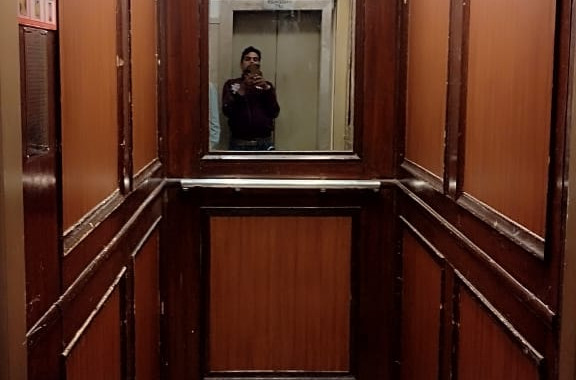

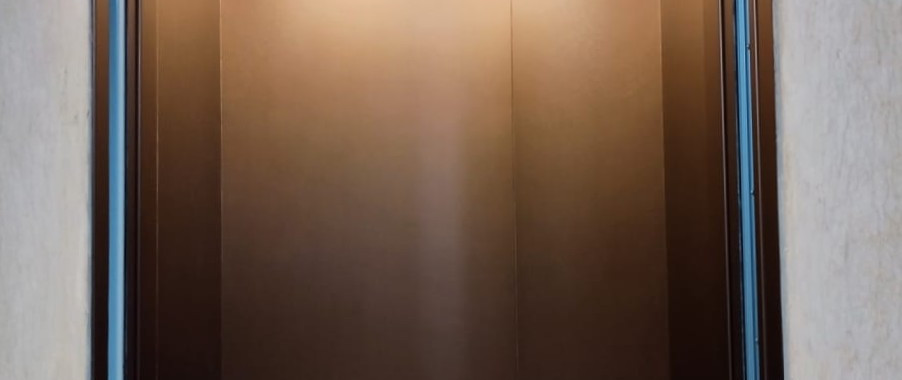
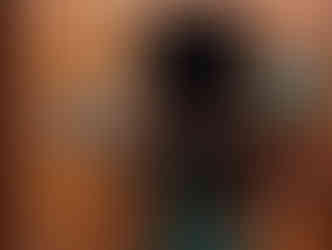


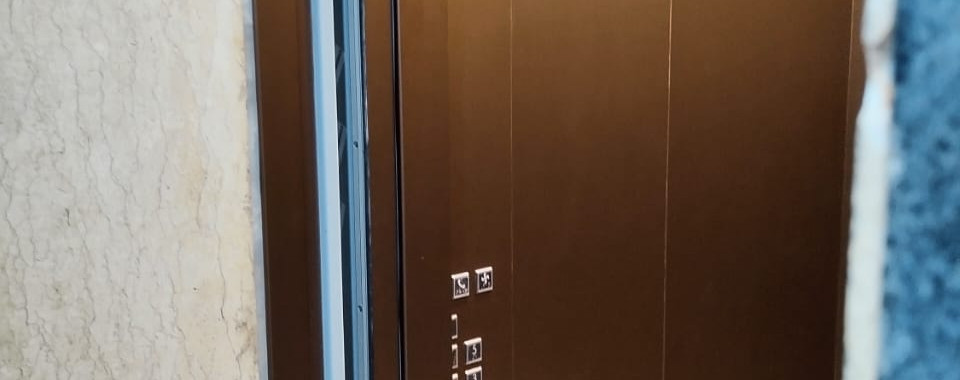

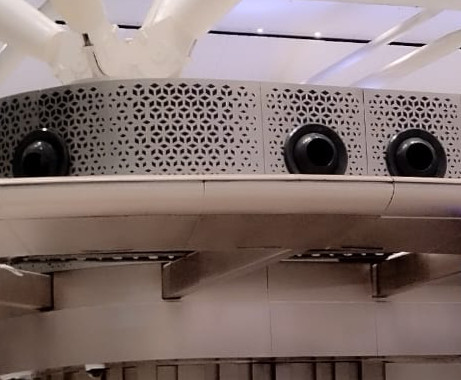

Comments